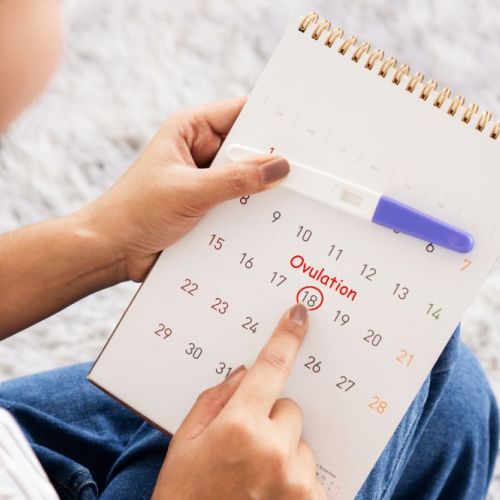What Does Peak Fertility Mean?

When you’re trying to get pregnant, you may hear a lot of terms that are confusing to you. It’s not unusual for people who are struggling to get pregnant to have questions such as:
- What is my fertility window?
- What does peak fertility mean?
- What is ovulation and how do I know when I’m ovulating?
The team at the Center for Reproductive Health understands how stressful infertility can be. The staff is knowledgeable and compassionate, and they’re available to work with you to answer these and other questions to help you to understand what factors may help you improve your ability to get pregnant.
Peak Fertility
The fertility window are the days you’re most likely to get pregnant. Your fertility window is a range of days about five days before ovulation during which the body produces an increased amount of estrogen. During this time, sperm can stay in your body until you ovulate. Peak fertility refers to the two days in which you’re most likely to successfully conceive, which include the day of ovulation and the day before ovulation.
Knowing your fertility window helps you target the best time to have unprotected sex if you’re hoping to get pregnant. The days you’re considered most fertile happen only a few days a month.
The Menstrual Cycle
Understanding what days you’re most fertile is important information to have if you’re trying to conceive. A woman’s menstrual cycle is the body’s way of preparing to get pregnant. The first day of your period is considered the first day of your cycle. A typical cycle lasts about 28 days but can range anywhere from 21 to 35 days. There are many hormone fluctuations during this time.
Ovulation refers to the release of an egg from an ovary, which usually occurs about 12 to 14 days into your cycle. The timing of ovulation is a key factor in your fertility window.
Predicting Ovulation
The day you ovulate can vary from month to month, and it’s not always easy to pinpoint, especially if your periods are irregular. There are a few ways to attempt to predict ovulation. Ovulation predictor kits are sold in drugstores and can detect luteinizing hormone in your urine 24 to 48 hours before ovulation.
Another approach is the calendar method. If you have regular periods, track the start and end dates of your period for several months to determine the typical length of your cycle. Plan to have sex about halfway through your cycle.
Your basal body temperature may help you determine when you’re ovulating. If you track your temperature daily, you’ll notice your temperature goes up slightly in the middle of your cycle, which can help you to pinpoint your most fertile days. Charting your cervical mucous may also shed some light on when you’re ovulating, because it becomes clear and slippery when you’re ovulating.
Reach out to the experts at the Center for Reproductive Health to find out more about pinpointing your fertility window and peak fertility.



